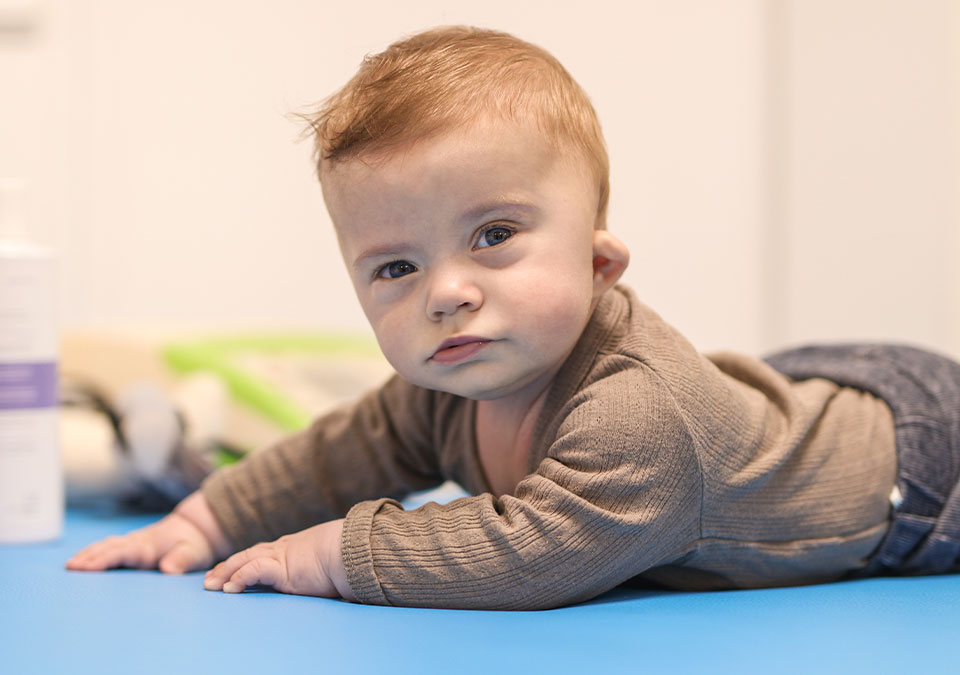
Description of the Course
The symptoms of facial nerve paralysis, regardless of the cause, are very characteristic. They are easy to recognize due to the visible dysfunction of muscles within one half of the face. It is very common for a patient to report pain in the ear, jaw, occiput, neck, and eye before visible signs appear, such as a drooping corner of the mouth and paralysis of all facial muscles, as well as the platysma muscle. Paralysis on both sides occurs extremely rarely. When planning the treatment process, a multidisciplinary approach must be considered, in the form of simultaneous implementation of pharmaceutical therapy and physiotherapeutic measures.
According to scientific reports, the facial nerve is more frequently damaged than any other cranial nerve. By far the most common is Bell's palsy, followed by injuries due to trauma, otogenic origins, or those caused by tumors. A rehabilitation course aims to stimulate the nerve through physiotherapeutic measures and to educate about at-home care in order to restore the function of the facial nerve.
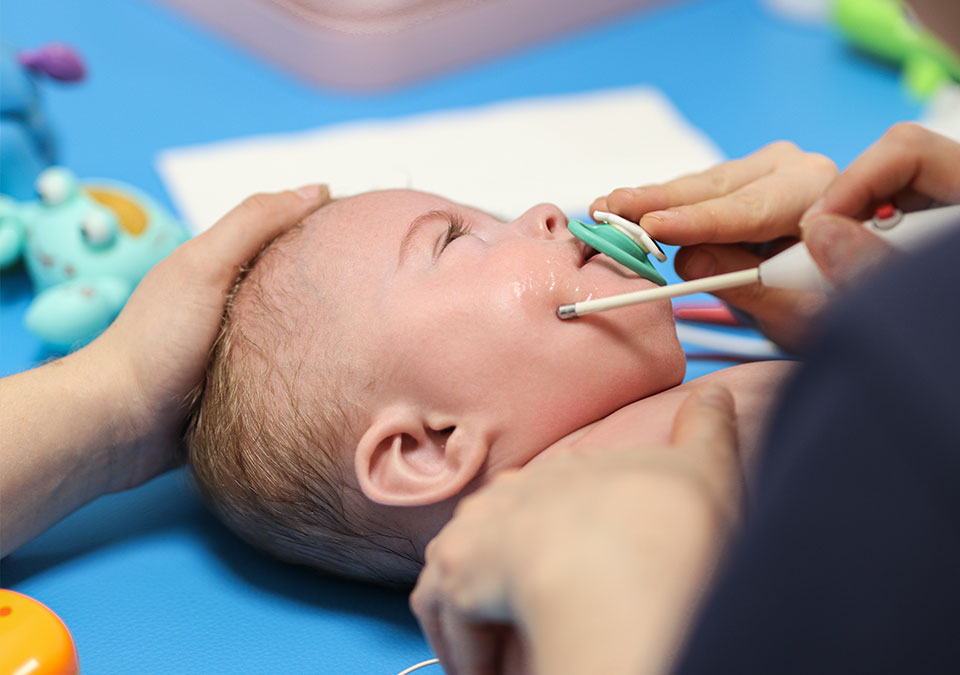
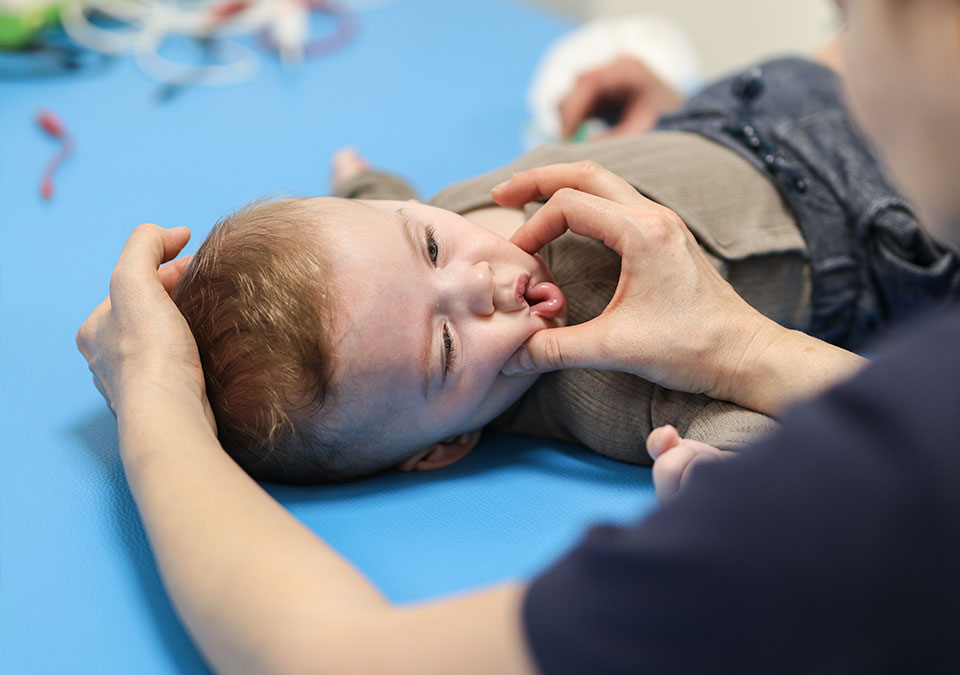
Goals of the Course
- Stimulation of the facial nerve's reinnervation process
- Preventing facial muscle atrophy
- Restoring facial symmetry
- Restoring the functional abilities of the facial muscles
- Preventing relapses
Applied Methods
- Wireless pinpoint electrostimulation at the motor points of the nerve using triangular, rectangular, and TENS currents, depending on the type and stage of paralysis
- Laser therapy using a probe performed with a contact method
- Fascial massage of facial muscles
- Direct irradiation of the affected half of the face with a Sollux lamp
- Exercises according to the PNF concept using spatulas and employing techniques of isotonic contraction combinations, rhythmic initiation, applied resistance, and motion reproduction
- Fascial and corrective applications using Kinesiology Taping
- Iontophoresis with vitamin B1
- Therapy according to the FDM concept performed inside and outside the oral cavity, within the face
- Fascial Manipulation therapy according to Stecco within the coordination centers (CC) and fusion centers (CF)
- Massage using thermal stimulus
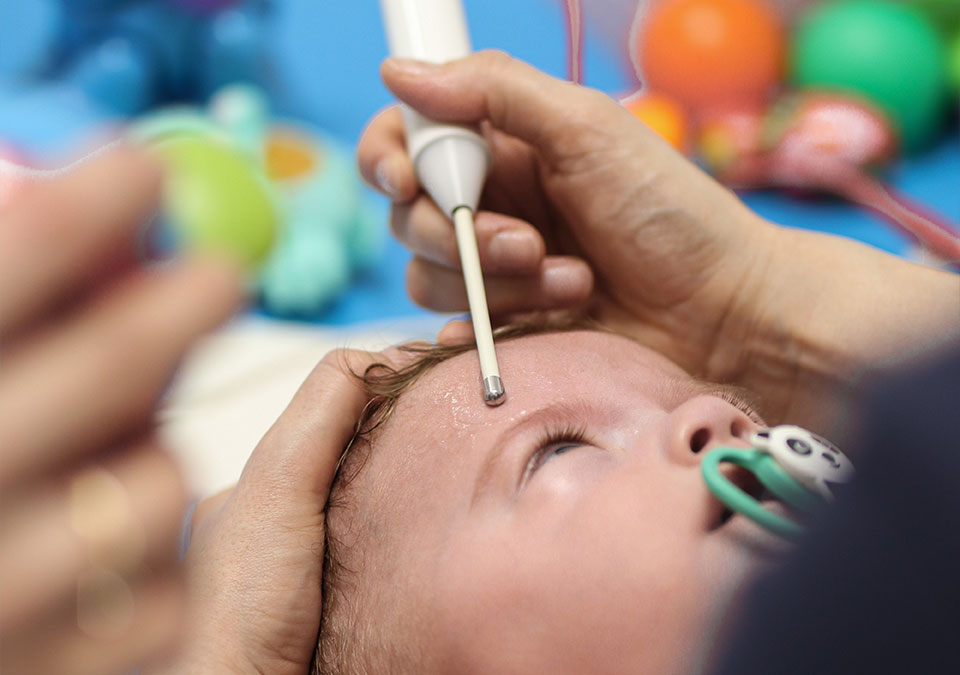
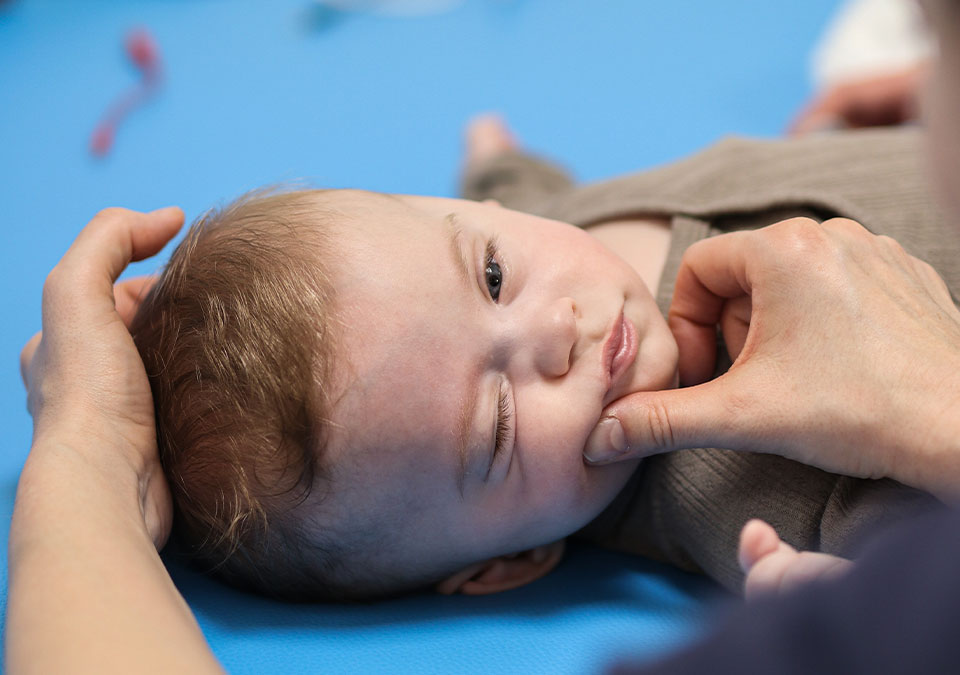
Used Equipment
- Wireless pinpoint electrostimulation
- Stationary electrostimulation using a special Bergonié electrode
- Low-level laser therapy
- Sollux lamp
Turnus Details
- 2 - 8 weeks or longer, depending on the cause of the paralysis
- 1 x 1 – 1.5 hours of physiotherapy daily, including all actions within the scope of physical therapy and kinesitherapy
- Before arrival, it is advisable to have a one-time consultation with a physiotherapist to establish an individually tailored activity plan
- It is essential to bring all existing medical documentation (such as EMG, hospital discharge summary, doctor's recommendations, etc.)



